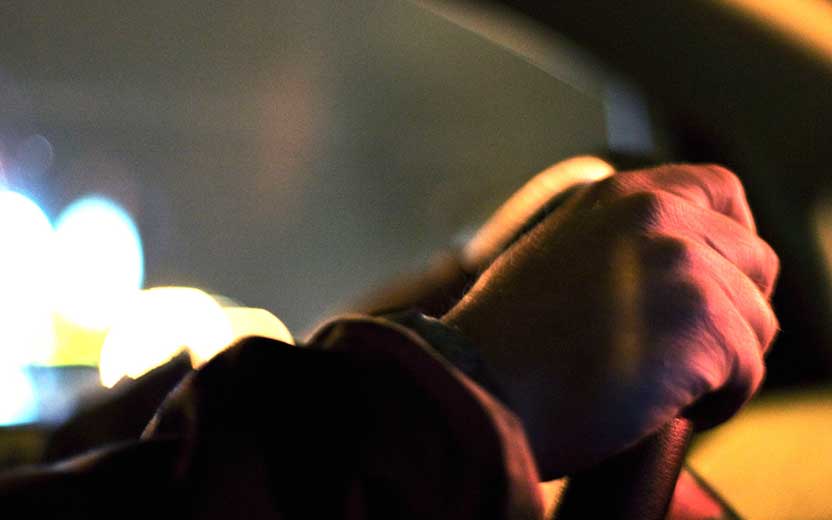By Marcus Fernandez
Many of us remember the excitement and newfound freedom that came with driving our first car. Maybe that’s why as parents we immediately become fearful when our kids begin to drive. Afterall, it wasn’t that long ago that we, or our peers, might have been driving dangerously when behind the wheel. While not all teens drive negligently, there’s no denying that a lack of experience, a reduced sense of responsibility, or a desire to impress friends, can combine to create to serious problems on the road. Since parents can’t always monitor their kid’s driving habits, companies have developed teen driving apps that deter reckless driving behaviors.
Speeding and careless driving are the top violations among 16 to 19 year-olds in the State of Florida (Florida Department of Highway Safety and Motor Vehicles). Although citations are at their highest for drivers between 18 and 19 years old, 16-year-old drivers account for the highest accident rates nationwide. While mobile devices are often at the heart of teen driving issues, technology apps are now aiming to reduce traffic accidents. These apps aim to curtail bad behaviors and are empowering parents in the process.
What are Teen Driving Apps?
Teen driving apps are programs that parents can install on their children’s smartphones in order to monitor or prevent certain behaviors. These apps aim to prevent several teen driving issues, the biggest of which are speeding and distracted driving. Many applications are auto-enabled or launch when a vehicle reaches a particular speed limit. In some cases, teen driving apps connect to a parent or guardian’s smartphone. Parents receive a notification if rules of the road are disobeyed, and can take action when necessary.
Regardless of their features, teen driving apps represent a new era of safe driving assurances for both parents and kids.
Speeding Prevention Applications
Speeding is the most common infraction among teenagers of all ages, and Florida ranks third in terms of speed-related fatalities. Apps address this issue in different ways. Built-in car features, like Hyundai Blue Link, allow parents to limit driving speed, receiving alerts when their teen driver exceeds the limit. Similar teen driving apps, such as Bouncie allow parents to monitor speed, hard braking and more. It provides a record of each trip to help teen drivers improve by reviewing their performance. The application can also monitor multiple vehicles in the household.
Distracted Driving Applications
Distracted driving can mean many things, but for teens, it often implies talking and texting while behind the wheel. According to GuardChild, 56 percent of teens admit to talking on their phones while driving. 13 percent of teens say that they use their mobile device to text as well.
Teen driving apps, such as TrueMotion Family alerts parents when their teen uses his or her phone while driving. It also provides parents a driving report card scoring their safety behind-the-wheel. For parents who would prefer stronger control, some apps offer to disable call and text functions while the car is in motion. Cell Control utilizes a small, windshield-mounted box that limits what can and can’t be done on a smartphone while driving. In addition, parents can disable apps, such as SnapChat, Facebook, Twitter and mobile games while in transit.
AT&T DriveMode keeps teen drivers distraction-free by silencing alerts and calls while a driver is en route. It sends an automated response letting others know that the driver will respond when they arrive at their destination. It also alerts parents if the teen tries to turn off the DriveMode feature on the phone.
Distance Control Applications
Some parents want to limit the distance that their teen can travel from home. Programs such as Verizon’s Hum app provide location tracking, in addition to vehicle diagnostics to check for mechanical failures.
Knowing a driver’s location is particularly helpful in case of mechanical issues, or worse, a car accident. Autobrain not only lets parents see where their teens are driving, but can also detect an accident, signal 9-1-1 for help and simultaneously alert caregivers. This is an app that can be especially effective in the case of an emergency.
Applications for Rewarding Positive Behavior
While many applications use punishment or control to restrict behaviors, some opt for positive reinforcement. Teen driving apps as LifeSaver auto-detects when a vehicle is in motion. Its online portal allows parents to monitor trips, and even create rewards for good driving behavior.
Apps such as Mojo make safe driving a fun competition. Drivers invite friends and compete to be the safest driver. Good driving habits are rewarded with spins for cash and other prizes.
Effectiveness
The University of Minnesota completed a study monitoring the impact of teen driving apps on driving habits. Researchers found that teen drivers without the app were more likely to “engage in distracting and risky behaviors such as speeding more than seven mph over the posted speed limit.” Drivers without the app also used their mobile device for calls and texting while driving. The app itself was well-received among the majority of teens (60-75%). Parents clearly had a much more favorable view, at 90%.
If this study and the applications available on the market are any indications, teen driving apps could be the newest answer to a glaring issue at the forefront of all parents’ minds.


